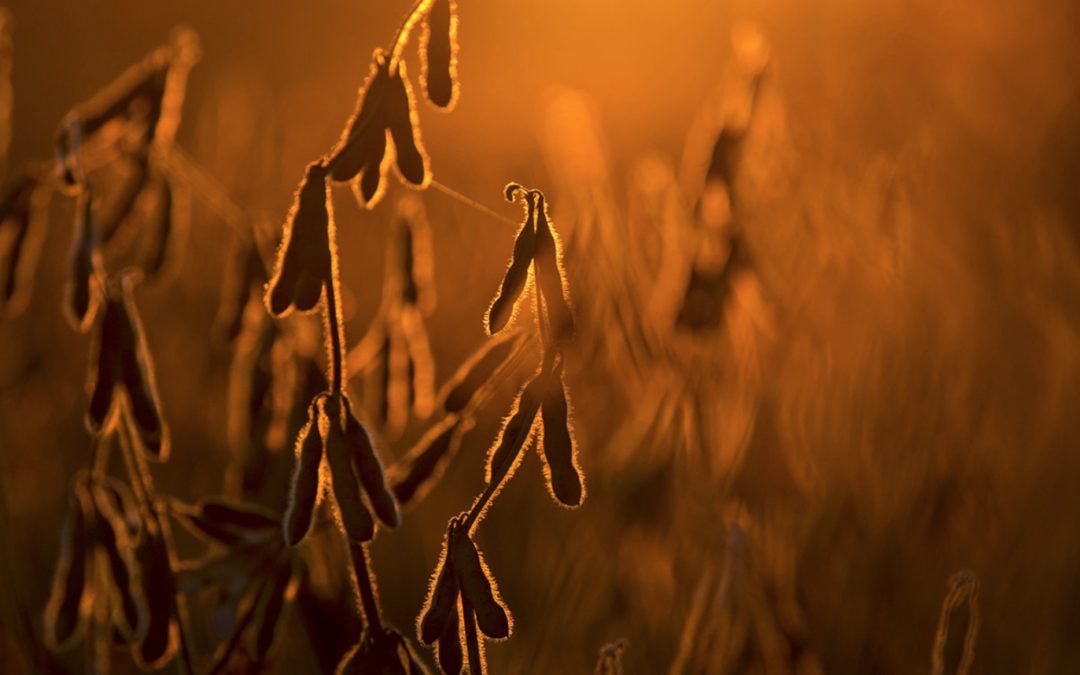SOURCE: Bloomberg
DATE: July 23, 2020
SNIP: Just below the Arctic tundra, in the vast plains that blanket much of northern Russia, a once-unthinkable business is taking hold: soybean farming.
It’s the result of years of rising global temperatures, which are thawing the permafrost and turning the land into fertile soil, and now Agronomist Gennady Bochkovsky is helping to take the crop to the next frontier, testing whether the beans can handle the upper areas of the Moscow region. So far, he says, the results are promising.
Soybeans in Russia embody a trend that’s sweeping the globe: warming weather is pushing crops further toward the poles than they’ve ever grown before. In the U.S., North Dakota has transformed into a major corn grower, and the U.K. has seen a rapid expansion in wine grapes.
While Russian soybean farmers are seeing some benefits from warming weather, climate change has been wreaking havoc on global food production. Drought has hampered crop output this year in parts of Uruguay, New Zealand, Europe and Vietnam. Even Russia and the rest of the Black Sea region has seen the ill-effects of changing weather patterns in recent years, with drier conditions threatening the region’s wheat crop. The United Nations has said that climate change is one of the factors that’s exacerbated food insecurity.
In Russia, farmers have embraced the opportunity to grow profitable soybeans. The oilseed is processed into animal feed, and demand has been strong amid a boom for livestock production. In fact, the nation still relies on imports of about 1 million metric tons of soy, so there’s more scope for domestic harvests to keep rising.
Soybeans were planted on 1.1 million hectares in 2019 in central Russia, an 18-fold increase over the past decade and equal to about 7% of the total cropland in that part of the country. The government hasn’t yet released data for the latest acreage after plantings ended last month.
Yields have doubled over the past decade while output almost quadrupled, Russian government data show. That’s also been helped by better seeds coming to market.
Still, there are tricks to getting the soy to do well in new areas.
The plants shouldn’t be in the shadow from hills or trees so they get as much sun as possible, said Bochkovsky, the Moscow region agronomist. And it’s necessary to level out the fields, or the harvesters will pass over some beans, which can hang as low as 4 centimeters from the ground.
Zelentsov, of the research institute, is hopeful that the soy expansion can continue, and he’s ready to tackle even more unthinkable conditions. His institute has collaborated with Siberian researchers to develop a variety that can grow even if there’s permafrost 2 meters (6.6 feet) underneath the topsoil.
[Ed Note: What the article doesn’t say, of course, is that soybean farming and livestock production in this region is destroying the land and with it, wildlife habitat, just as industrial agriculture has destroyed American prairies and Amazon rainforest.]

